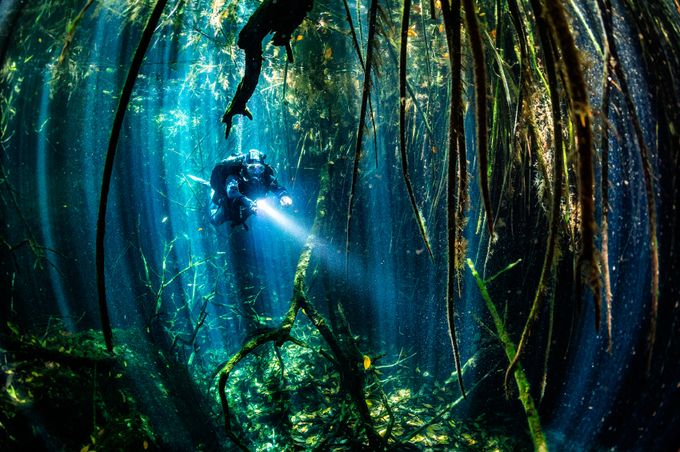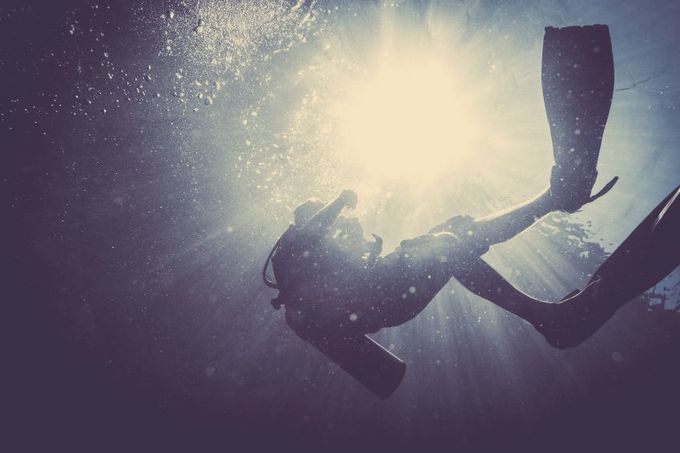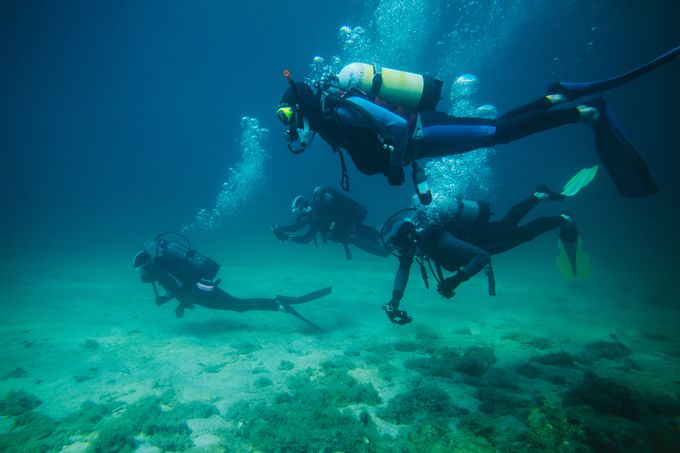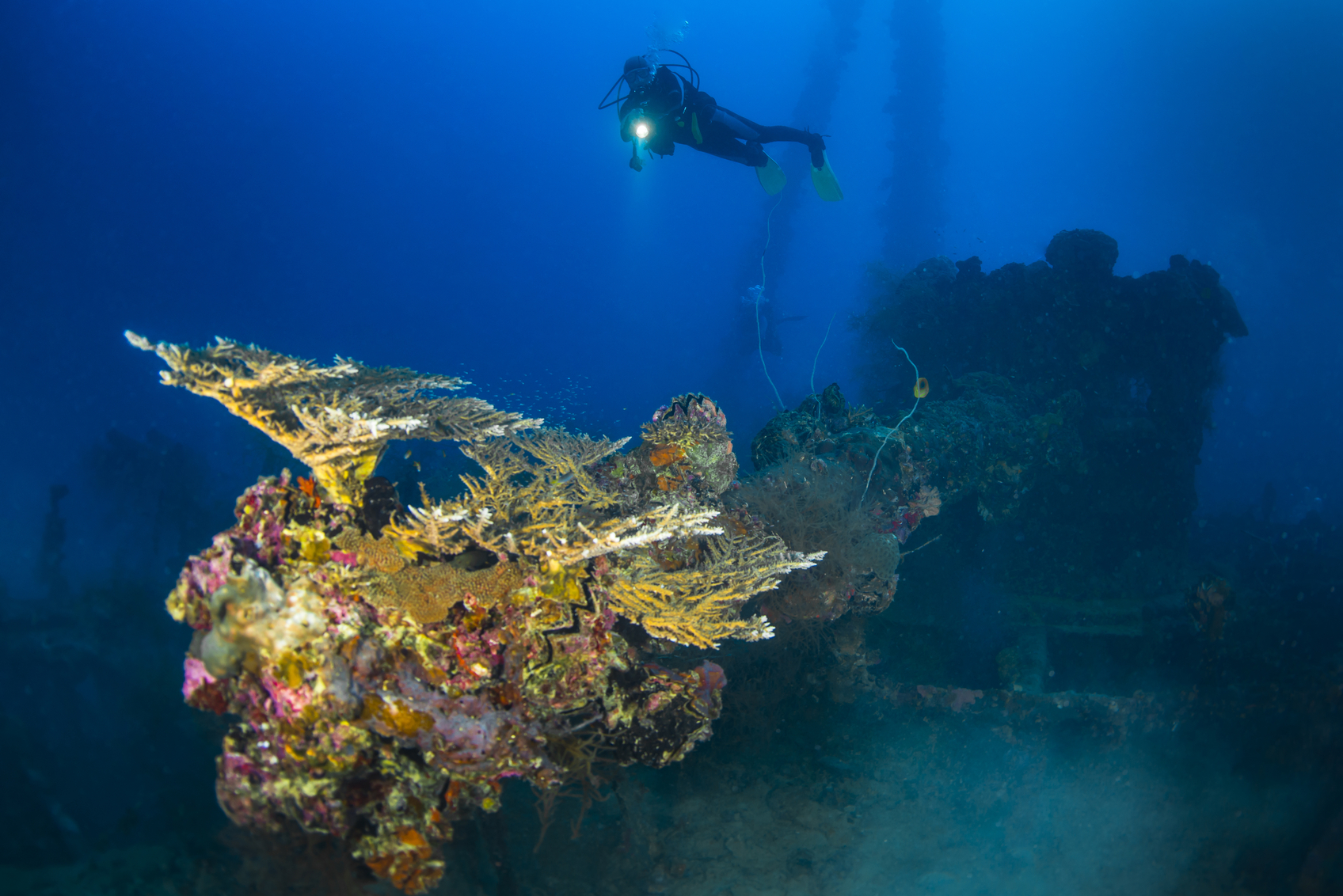When learning to scuba dive, there are a few things that everyone worries about.
Whether it be finding the right diving equipment, going a safe dive spot in the UK, or just getting the right diving qualifications to dive, there are many different things to consider when getting in the water. The big thing most people worry about however, are the dreaded bends and whether they will happen to them.
Scuba Diving For Beginners | Everything You Need To Know
The bends, or decompression sickness, is widely known both inside diving culture and in general culture more widely, yet what it actually means eludes most people. Also known as Caisson disease, it is a condition that does not occur in freediving, but can happen when a diver is using a breathing regulator. The symptoms can effect just about any body area including joints, lung, heart, skin and brain.
Whether you’re starting to dive and wondering what the bends actually are, wanting to dive deeper and need information on how to avoid the bends, or just want to know how to treat them if they do happen, look no further – All of the information you could ever want on the dreaded bends is right here!
Definition Of The Bends






